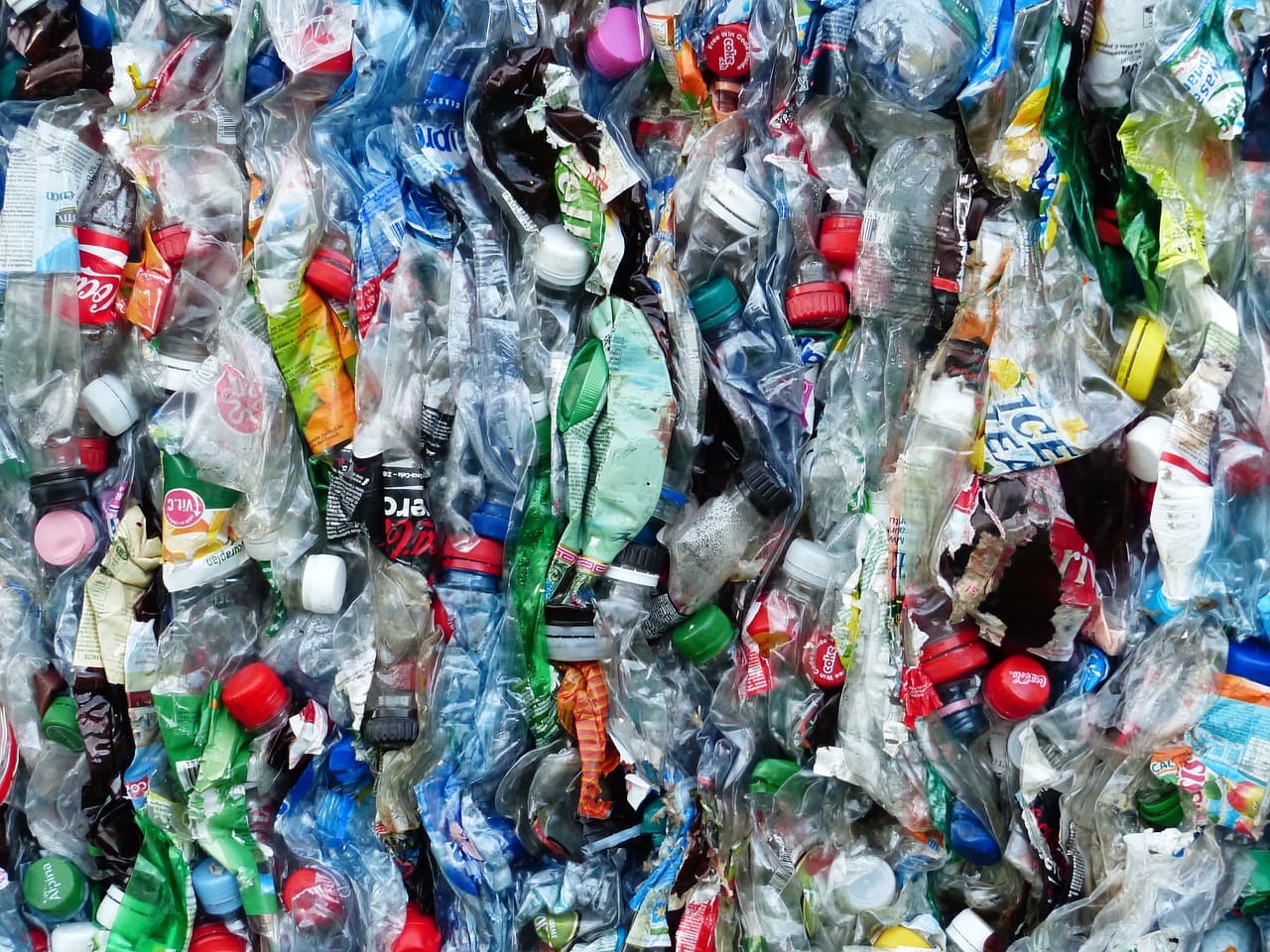Plastic in our brain: Microplastics up 50% since 2016
Research reveals a shocking rise in brain microplastics, especially in dementia patients—up to 5 times higher than normal. Scientists urge further study.
Published on February 5, 2025

Image: Pixabay
Team IO+ selects and features the most important news stories on innovation and technology, carefully curated by our editors.
I am Laio, the AI-powered news editor at IO+. Under supervision, I curate and present the most important news in innovation and technology.
Recent research uncovers a startling rise in microplastic and nanoplastic accumulation in human brains, with concentrations climbing by 50% from 2016 to 2024. Predominantly composed of polyethylene, these particles have infiltrated more into brains than other organs like the liver or kidneys. These findings were published in the scientific journal Nature last Monday.
Notably, brains affected by dementia contain three to five times more plastics. Despite no clear causative link to dementia being confirmed, the plastic burden raises concerns about neurological health impacts. Scientists urge a deeper investigation into exposure pathways and potential consequences to human health. The findings serve as a wake-up call about the pervasive presence of plastics in lungs, placentas, and blood, highlighting an urgent need to understand these materials' implications on our well-being. Understanding their impacts becomes more crucial as microplastics continue to rise in our environment, mainly due to increased global plastic production.
Quantifying brain plastic
The human brain now contains approximately 7 grams of microplastics, equivalent to the weight of a plastic spoon. The study, conducted by researchers at the University of New Mexico, analyzed 52 brain specimens - 28 from 2016 and 24 from 2024. The research employed sophisticated detection methods, including pyrolysis gas chromatography-mass spectrometry and electron microscopy, revealing that about 75% of these particles are polyethylene.
A connection with dementia
A particularly alarming discovery shows that brain tissue from individuals with documented dementia contains substantially higher levels of microplastics. The median total plastics concentration in dementia cases between 2019 and 2024 was significantly higher than any regular cohort. These particles were found clustering inside inflammatory cells and along blood vessel walls. While researchers have not established a direct causal relationship between microplastic accumulation and dementia, the concentration in dementia patients' brains is three to five times higher than in normal brains.
Environmental impact and exposure
The dramatic increase in brain microplastic levels mirrors the surge in global plastic production, which now exceeds 300 million tonnes annually. Ocean plastic pollution has reached 2.5 million tonnes, over ten times the levels recorded 2005. Due to contaminated irrigation water, most microplastics likely enter the body through food, particularly meat. The particles in brain tissue are microscopic, measuring approximately 200 nanometres or less, enabling them to cross the blood-brain barrier. These findings align with the broader pattern of increasing environmental exposure, as global plastic production doubles every 10 to 15 years.
Scientific implications
The research marks a significant advancement in understanding plastic accumulation in human tissue. Analysis reveals the presence of twelve different polymers, with polyethylene, polypropylene, polyvinyl chloride, and styrene-butadiene rubber, showing increased concentrations in brain and liver samples from 2016 to 2024. A linear regression indicates a significant upward trend in total plastics over the years studied. The particles appear as aged, shard-like fragments when embedded in tissues. Traditional methods had previously underestimated nanoplastic levels, making these new findings particularly significant.

